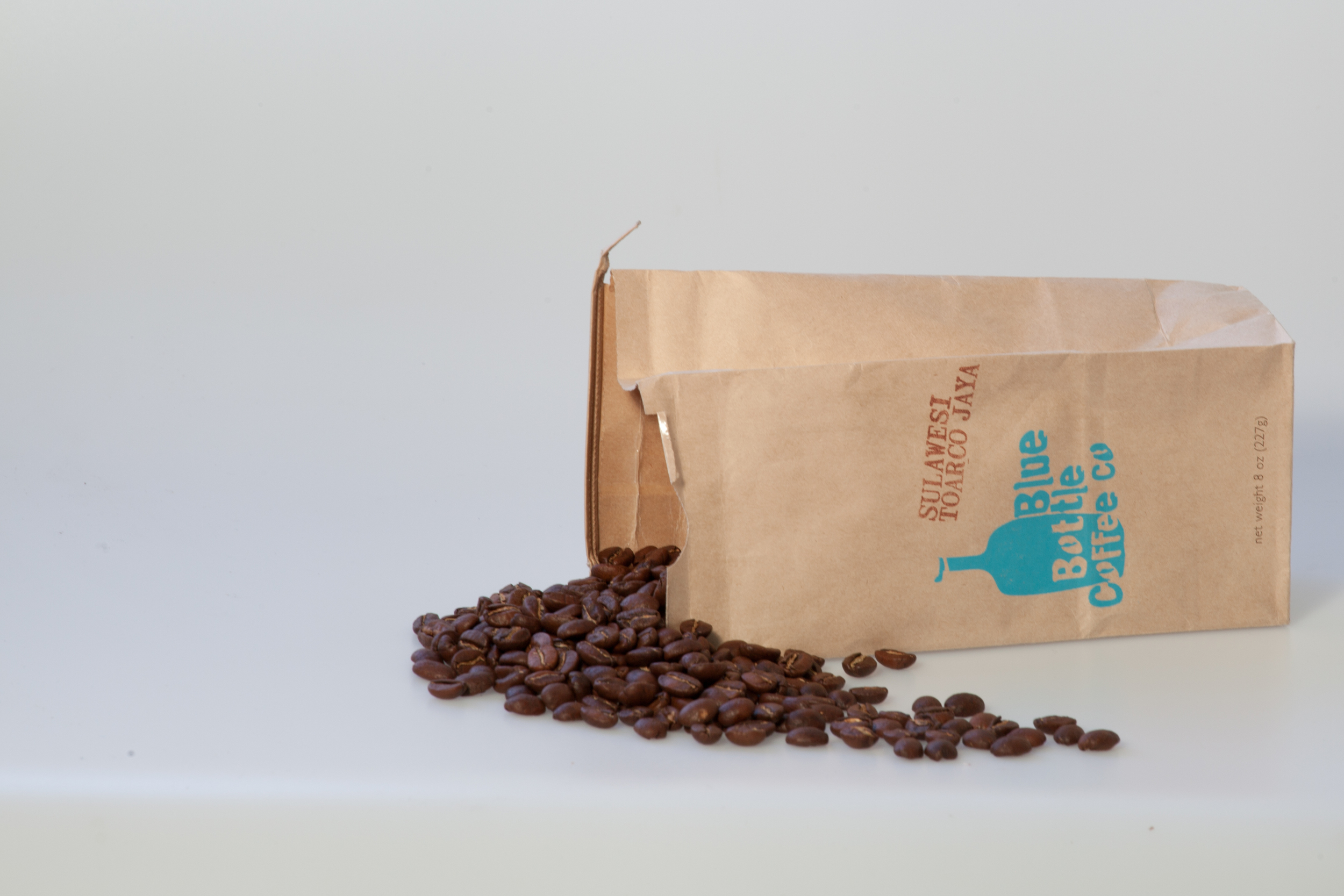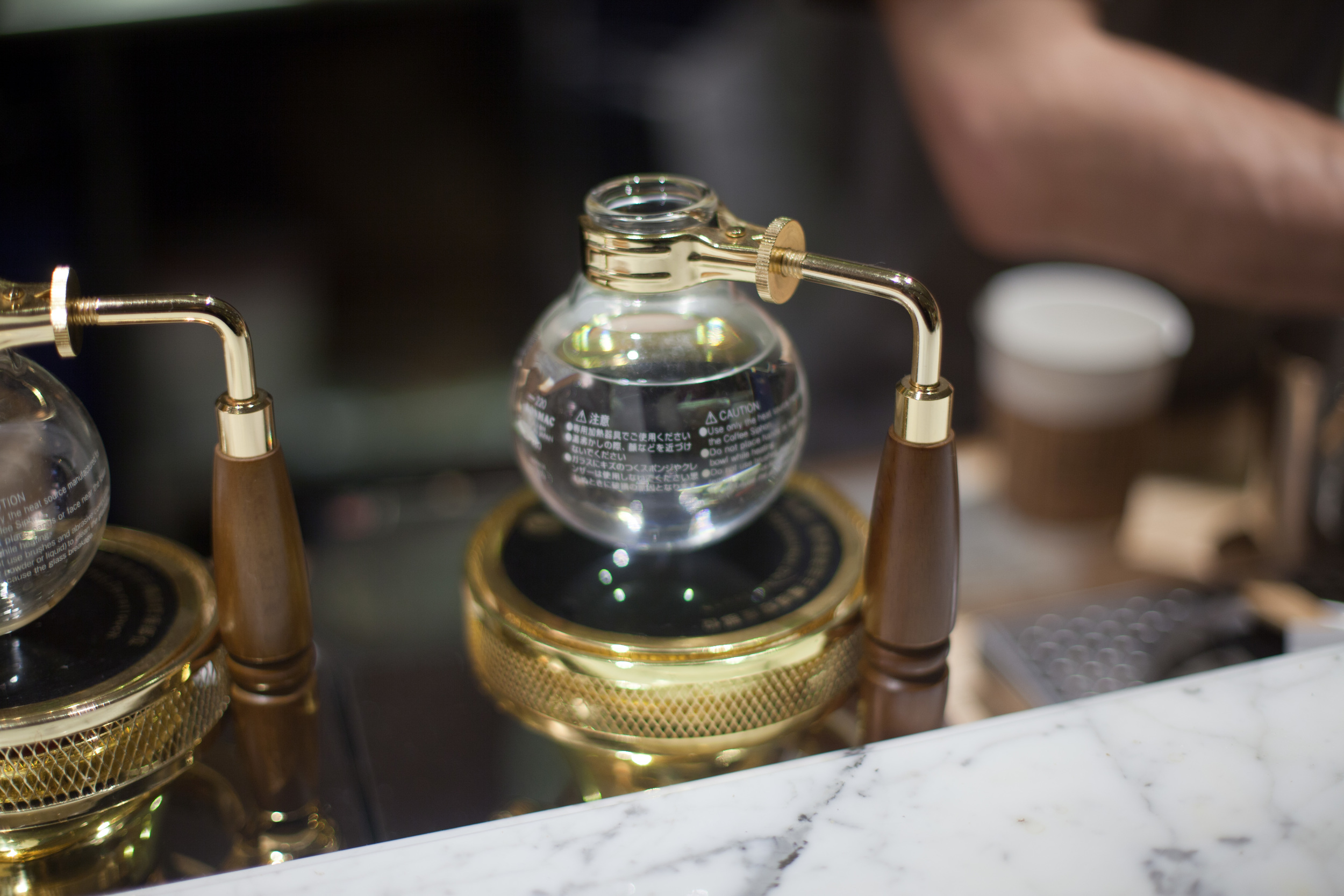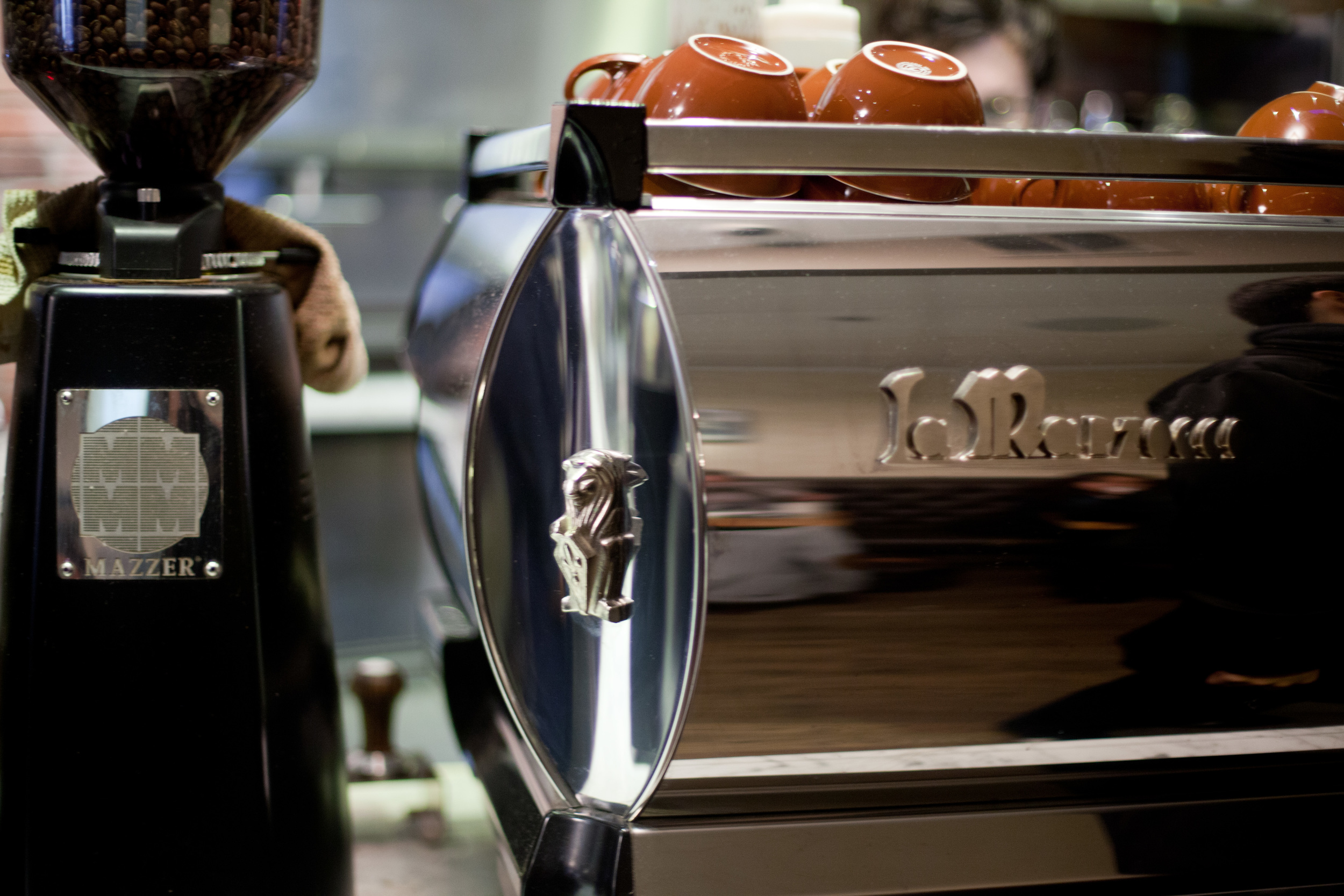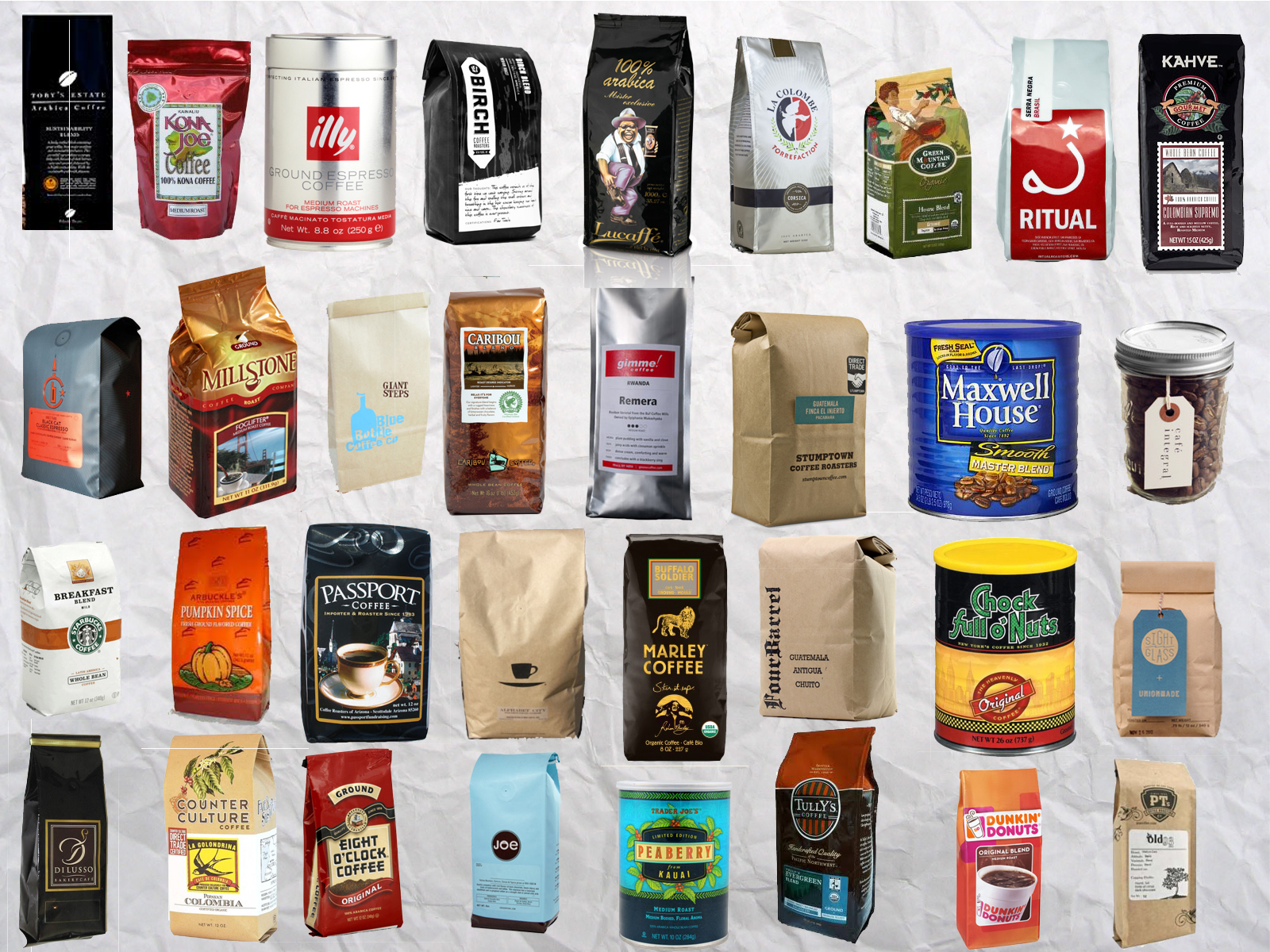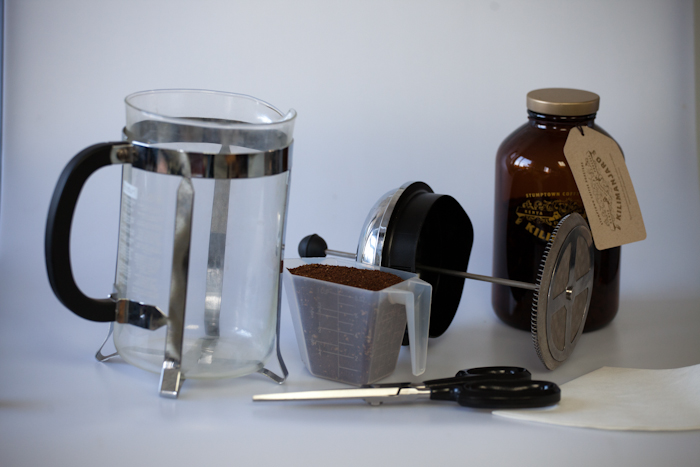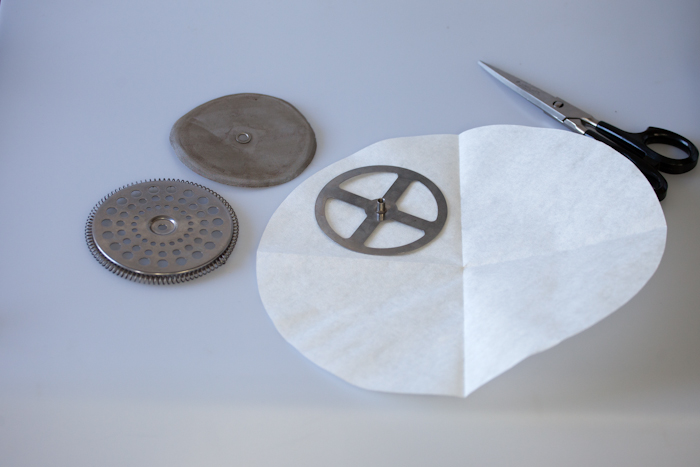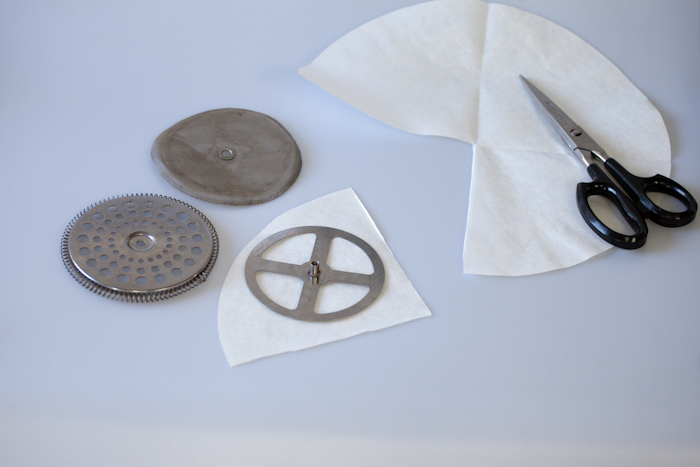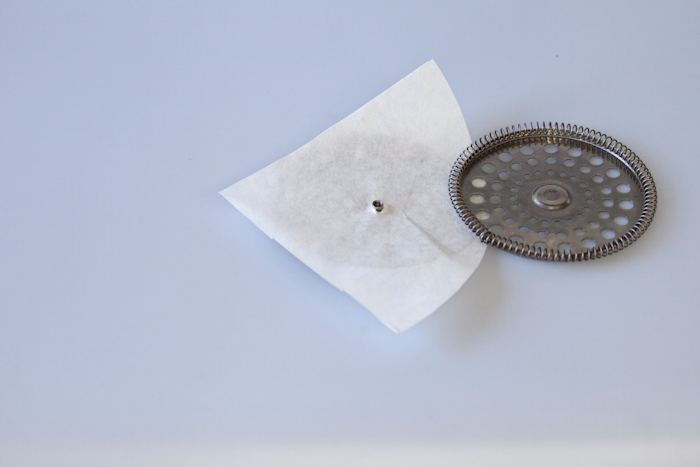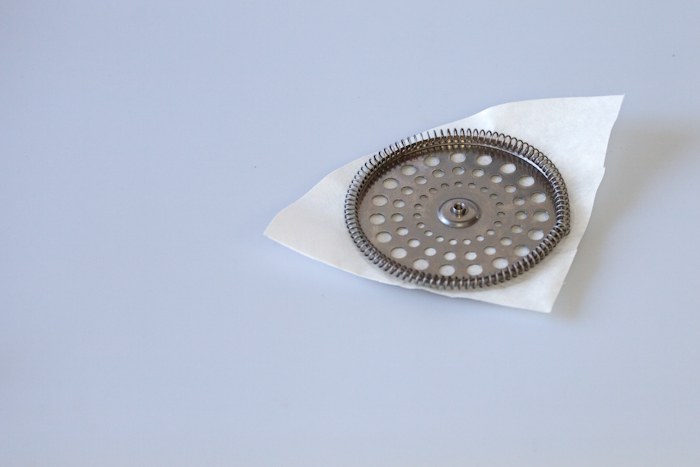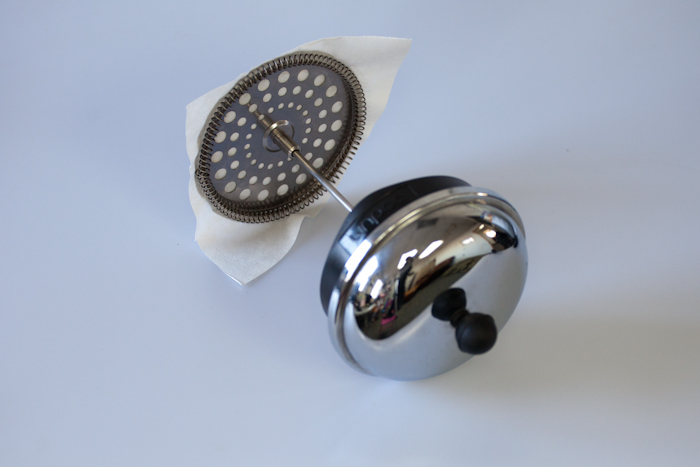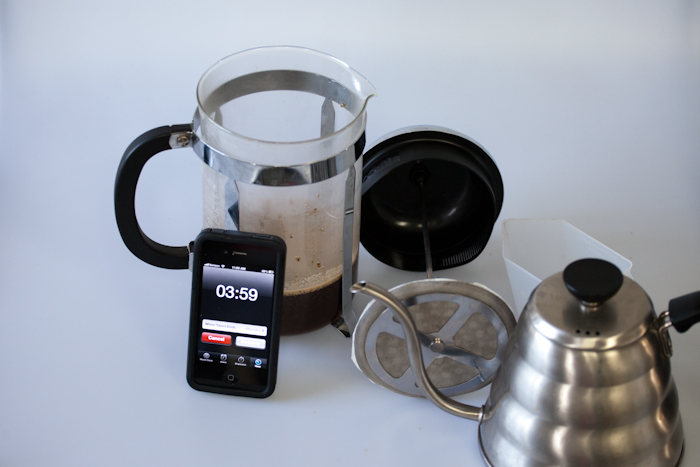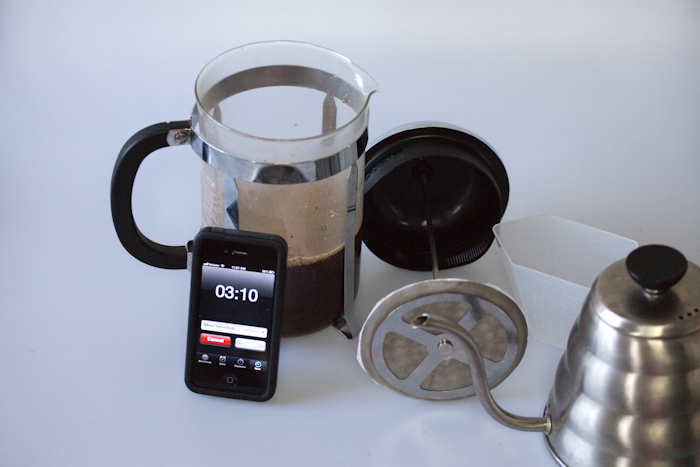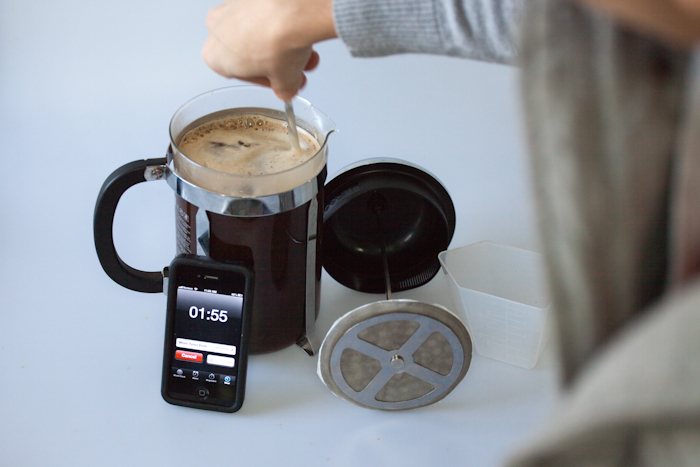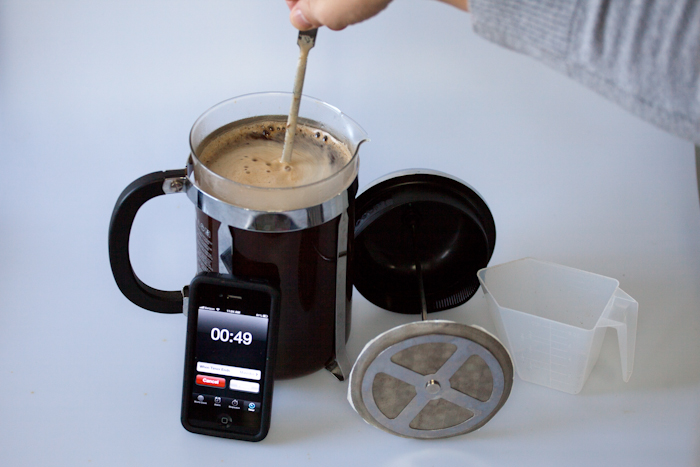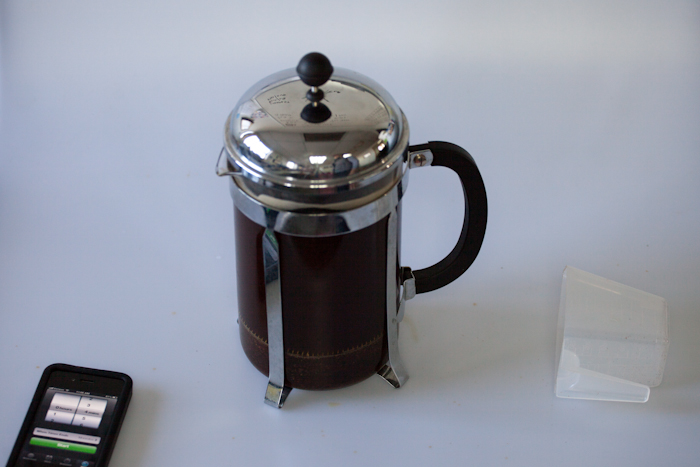Indonesian coffees have long been considered earthy, and frequently flawed. Not anymore thanks to the Toarco Company.
This year, for the first time, I've had an Indonesia that I liked enough to purchase it for personal consumption. Our roasters agree. Blue Bottle, Stumptown and Intelligentsia have all released coffees from the Island Sulawesi, sourced by the Toarco Company of Japan. These coffees are sweet and bright in a way that I have never seen in an Indonesian coffee. For a long time these lots were snatched up by the Japanese market. This year, however, they've made their way to America and I'm damn happy they have. These coffees differ from traditional Indonesians in a number of ways, and well take a look at those differences.
The Toarco Company
This company has been operating on the island since 1976 and has a business model very reminiscent of Third-wave roasters. Indonesia's coffee crops are largely grown by small holders, owning on average only 1,200 trees. Because of this dispersion of control, quality is difficult to monitor and education difficult to disseminate. The Toarco company has created a model plantation, where they educate farmers on proper husbandry, picking, and processing of coffee. Farmers are welcome to come and learn how to properly operate their own farms more professionally, leading to fewer flaws in the resultant cup. To reward better practices, the company uses a strict pay-for-performance model, rewarding the most successful farmers with the highest prices. All the coffees purchased by the Toarco company are cupped three times during their evolution from cherry to green bean and are judged based on quality of cup, size of beans and number of defects. They will purchase coffee only from farmers and collectors who agree to adhere to their uniquely strict sourcing, picking and processing requirements.
The Terroir and Varietals
Coffee was first brought to Indonesia via India by the Dutch East India company in the early 1700s. Coffee was, at that time, a new and popular drink among wealth bourgeoisie and royalty, with prices as high as $300/lb (adjusted for inflation). The plants brought to Indonesia were of the Typica varietal and were from East African stock. These early plants are considered a 'noble' varietal, that is to say, they are damn tasty. Over time, most of these trees were replaced by Robusto and and the arabic hybrid Catimor - both of which have higher yields and are less susceptible to leaf rust (such as the rust that is currently ravaging Colombia). Unfortunately, they are also not as tasty. Due to the rural nature of Sulawesi, those changes never took place and thus, you can still find the original Typica, as well as another great varietal, S-795, all throughout the region. To help maintain these varietals, the Toarco company gives away free seedlings grown on its model estate, Pedamaran. In doing so they are ensuring that these lower yielding, but better tasting varietals continue to thrive in the face of the pressures of globalization and access to alternative, hardier trees.
The Processing
Most Indonesia coffees are processed using the wet-hull method: while the beans are still not fully dried, they are bought to market, where they are purchased, damp, by a middle man. Due to the difficulty of transportation and storage in rural and humid Sulawesi, the typical transportation to well established facilities that we see in Africa and Latin America is damn near impossible for these small-holding farmers. The Toarco company has mitigated this difficulty and in doing so allowed for a better, if more expensive processing system, by setting up rural coffee purchasing stations where the farmers can bring their crops. These are then aggregated and dried fully in their parchment before shipping out. The result is that most of the fruit-like brightness and acidity survives the processing in way that it can't survive wet-hull processing. This difference alone has a drastic impact on the cup, yielding notes that I've never had before in Indonesian coffees.
With an understanding of the background, lets take a look at the specific offerings. They come from slightly different lots but they are all syrupy, fruity and absolutely worth buying if you can get your hands on them.
Intelligentsia Toarco Jaya Sulawsi Region- Tana Toraja Varietal- S-795 Elevation- 1600-1800masl Processing- Wet Processing Cup- Apple and pear with maple syrup make for a round and rich body balanced by toasted almond and dried cherry in the finish. Retail Price- $20/12oz
Stumptown Indonesia Sulawesi Toarco Toraja Region- Toraja, Sulawesi Varietal- S-795, Typica Elevation- 1400-1800masl Processing- Washed Process Cup- Sweet and juicy notes of red currant and plum coat your palate in a cup with the taste and texture of molasses. Retail Price-$16.50/12oz
Blue Bottle Sulawesi Toarco Jaya Region- Tana Toraja, Sulawesi, Indonesia Varietal- S-795/Jember, Typica Processing- Wet-processed Elevation- 1450-1600masl Cup- Huge, sweet body with much more complexity than your typical Indonesian Retail Price- $13.89/12oz
Having tried all three of these coffees, it is immediately apparent that they aren't from the same lot. Those small differences in elevation and origin have lead to three different, yet good cups. The blue bottle is full-bodied and juicy without leaning toward a muddled cup, while, on the other end of the spectrum, the intelligentsia is surprisingly nuanced for such a chewy cup. The Stumptown falls somewhere in the middle, but maintains an attractive sweetness. These coffees bring to mind some of the sweeter Ethiopians I've had, although their body is significantly fuller. This style of coffee is unlike any I've had before. If this is the direction Indonesian coffees production is moving, then I for one welcome the change.
Preferred Brew Method: These coffees make a killer cup that comes out as even fuller and richer when prepared on the french press.






